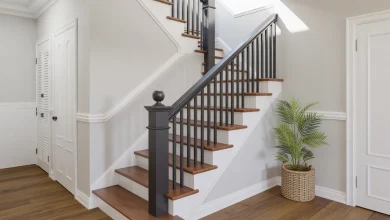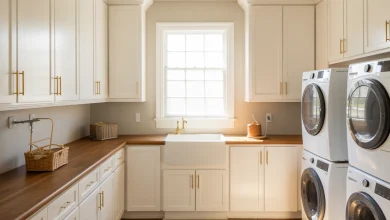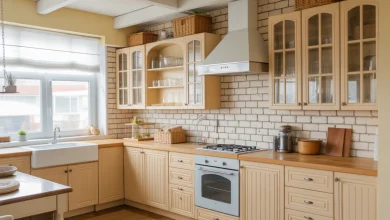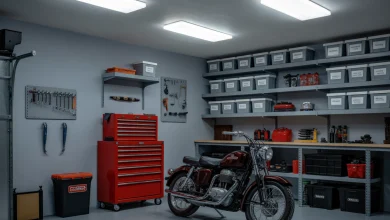Residential Roof Restoration: Everything Homeowners Need to Know
Your roof is one of the most critical components of your home, providing protection from the elements and keeping your home safe and secure. Over time, wear and tear, weather conditions, and general aging can take a toll on your roof. Roof restoration is the process of rejuvenating and repairing your existing roof to extend its lifespan, improve its performance, and save you money in the long run.
In this guide, we’ll cover everything you need to know about residential roof restoration, including common issues, the restoration process, types of materials used, and more. Let’s get started!
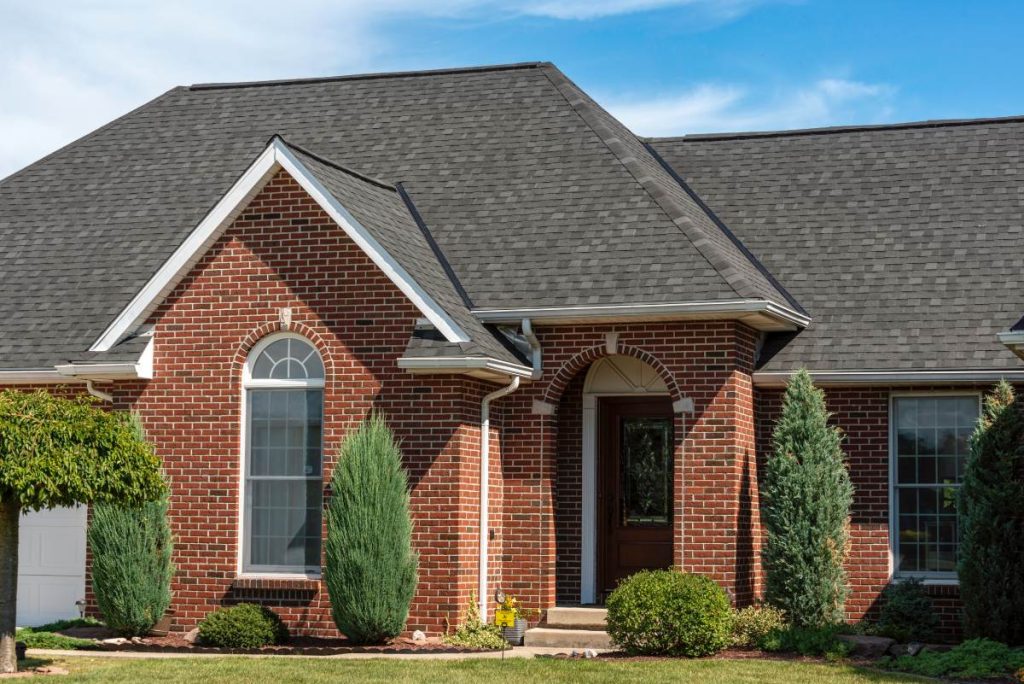
Common Issues That Necessitate Roof Restoration
Several factors can cause damage to your roof, leading to the need for restoration. Here are some of the most common issues homeowners face:
- Leaks: Water infiltration is one of the most obvious signs your roof needs attention. Leaks can lead to interior damage, mold, and structural problems.
- Damaged Shingles: Cracked, curled, or missing shingles can compromise the integrity of your roof, allowing water to penetrate the surface.
- Weather Damage: Hail, heavy rain, and strong winds can all cause significant damage, especially if your roof is aging or already weakened.
- Debris Accumulation: Leaves, branches, and other debris can accumulate in gutters and valleys, leading to water buildup and damage over time.
- Aging: Over the years, materials like shingles and flashing deteriorate. If your roof is over 15-20 years old, restoration may be necessary to prevent larger problems.
Steps Involved in the Roof Restoration Process
Roof restoration involves a thorough process to ensure that your roof is returned to optimal condition. Here are the typical steps involved:
- Inspection: A professional roofer will start with a detailed inspection to assess the condition of the roof, identify any issues, and determine the scope of work needed.
- Cleaning: The roof is cleaned to remove dirt, moss, debris, and algae. This step ensures that the surface is clear and ready for repairs.
- Repairs: Any damaged areas, such as cracked or missing shingles, leaks, or damaged flashing, are repaired or replaced to restore the integrity of the roof.
- Re-sealing: Depending on the type of roof, a protective sealant or coating may be applied to enhance waterproofing and shield the roof from UV damage.
- Final Inspection: After all repairs and restorations are complete, a final inspection is conducted to ensure the roof is in top shape and that all issues have been addressed.
Types of Materials Commonly Used for Roof Restoration
Roof restoration materials vary depending on the type of roof and the extent of the damage. Some of the most commonly used materials include:
- Asphalt Shingles: These are one of the most popular materials for residential roofs due to their affordability and durability.
- Metal Roofing: Metal roofs can be restored with coatings that prevent rust and enhance waterproofing, extending their lifespan.
- Clay or Concrete Tiles: Restoration of tile roofs involves replacing cracked or damaged tiles and re-sealing to prevent leaks.
- Membrane Coatings: Elastomeric and silicone coatings are commonly used on flat or low-slope roofs to provide a waterproof layer and reflect UV rays.
Benefits of Roof Restoration
Roof restoration offers several benefits that make it an appealing option for homeowners:
- Cost-Effective: Restoration is typically less expensive than a full roof replacement, allowing you to extend the life of your roof without the high cost.
- Improved Performance: A restored roof provides better protection against leaks, weather, and other potential damage.
- Energy Efficiency: Sealing and restoring your roof can improve its insulation properties, helping to reduce energy costs by keeping your home cooler in the summer and warmer in the winter.
- Enhanced Curb Appeal: A clean, restored roof can make your home look more attractive and increase its resale value.
- Extended Lifespan: Roof restoration can add years to the life of your roof, delaying the need for a costly replacement.
Frequently Asked Questions About Roof Restoration
1. How long does roof restoration take?
The timeline for roof restoration depends on the size of the roof and the extent of the damage, but it typically takes anywhere from 2 to 5 days.
2. How often should I restore my roof?
It’s recommended to inspect your roof every few years and consider restoration every 10-15 years, depending on the type of roof and environmental factors.
3. Is roof restoration noisy?
Yes, roof restoration can be noisy, especially during the cleaning and repair phases. However, contractors will typically work during regular business hours to minimize disruptions.
4. Can roof restoration be done in any weather?
Roof restoration is best done in dry, moderate weather conditions. Heavy rain, snow, or extreme temperatures can delay the process.
Conclusion
Residential roof restoration is a smart investment for homeowners looking to extend the life of their roof, improve energy efficiency, and protect their home from the elements. By addressing common issues like leaks and damaged shingles, and using the right materials for repairs, roof restoration can save you money and enhance your home’s overall performance.
If you’re noticing signs of wear and tear on your roof, now might be the time to consider a restoration. Get in touch with a professional roofing contractor to assess your roof and determine the best course of action for your home.

